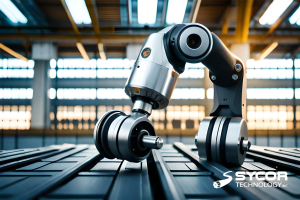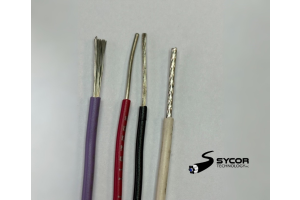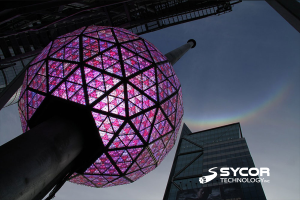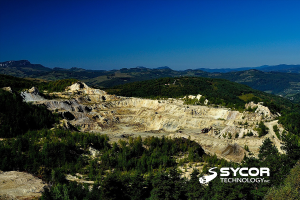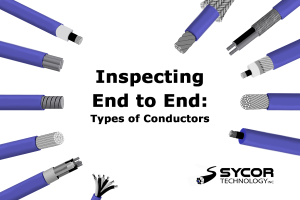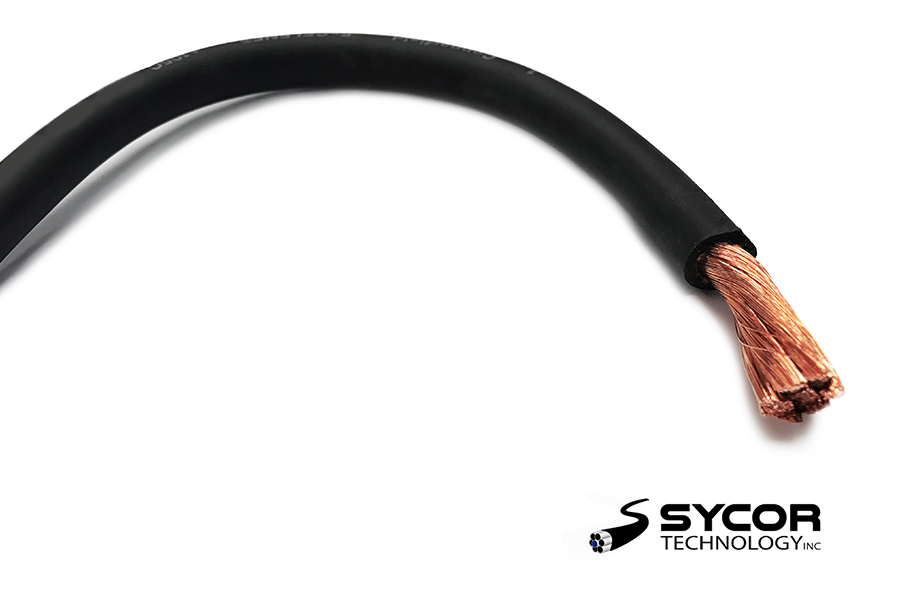
EPDM performs very well in highly demanding application environments, as it is extremely resistant and very reliable. Listed below are just the ratings for this type of material. These are the standard ratings, but some that aren't mentioned are oils, like gasoline and kerosene, which EPDM is very weak against.
EPR, which is the earlier relative, Ethylene-propylene rubber, doesn't contain any Diene. Some of the different Dienes that are used in the manufacturing of EPDM rubber are ENB (Ethylidene norbornene), DCPD (Dicyclopentadiene), and VNB (Vinyl norbornene).
|
Temperature Rating |
Flexibility |
Durability |
Moisture Resistance |
UV Resistance |
Chemical Resistance |
Fire Resistance |
|
-55°C to +125°C |
Excellent |
Great |
Good |
Good |
Poor |
Poor |
Mechanical Properties of EPDM
|
Property |
Value |
|
|
|
|
|
|
|
|
Thermal Properties of EPDM
|
Property |
Value |
|
|
|
|
|
|
|
|
Standard EPDM Applications
- Lead Wire in constructions consisting of UL3340, UL3374, & UL3399.
- Hook-Up Wire in construction consisting of CSA 1254, UL3824 & UL3374
- Used in direct burials
- Power cables
- Appliance wiring
- Internal wiring
- Welding cable
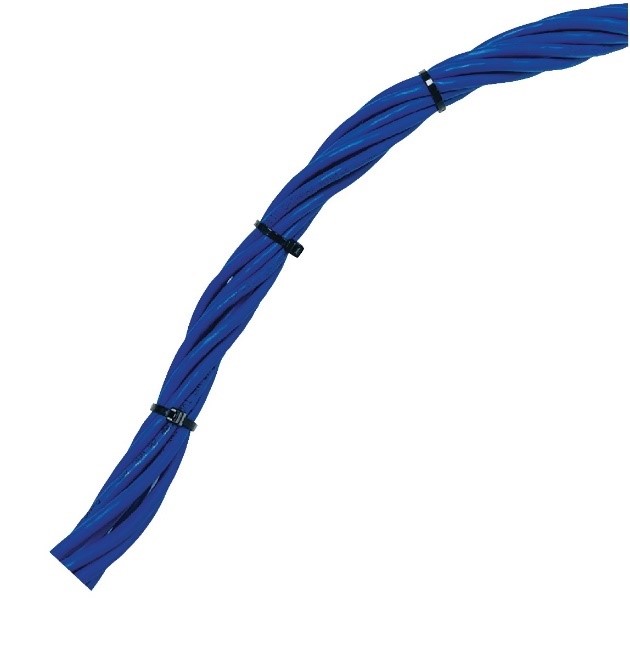
EPDM is consistently used because of the numerous benefits it's able to bring to applications, but this material also has some specific weaknesses. The EPDM material is most effectively used for applications in a specific setting because even if the application is extremely demanding, if the environment is right, EPDM wire and cable can perform consistently for extended periods of time.
EPDM Benefits
- Flexible
- Reliable
- Good solution industrial applications
- A strong solution for appliance wiring for motors and transformers
- Resistance to Moisture
- Resistance to UV
- Perfect for medium-volt applications and testing
EPDM Weaknesses
- Poor Resistance to Chemicals
- Poor Resistance against applications that have gasoline, oil, and kerosene.
Popular EPDM Product
EPDM CL1254, UL3340 150°C, 600V Hook-Up Wire
The CL1245, UL3340 is approved for applications in Class 130(B), 155(F) and 180(H) environments. This EPDM insulated is also known for its ability to operate at silicone temperature ratings but at more cost-effective pricing. CL1254 and UL3340 are approved for different designations, while CL1254 is rated for high-temperature flexing, the UL3340 designation is not.
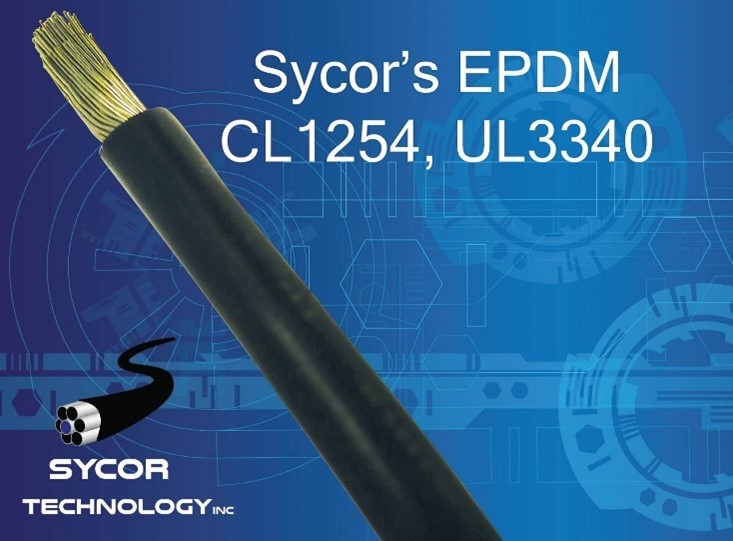
EPDM is a material that is flexible, strong, and typically used in demanding application environments. Being heavily used for durable lead wires, EPDM is available in a number of hook-up wiring constructions. From welding cables to construction cables and even automotive cables, EPDM is able to perform consistently in a wide variety of different environments. If you are unsure which EPDM construction is right for your application, don't hesitate to reach out to our knowledgeable sales team.
For more information about us:
Call Toll Free - 1.800.268.9444 or Email Us - [email protected]

